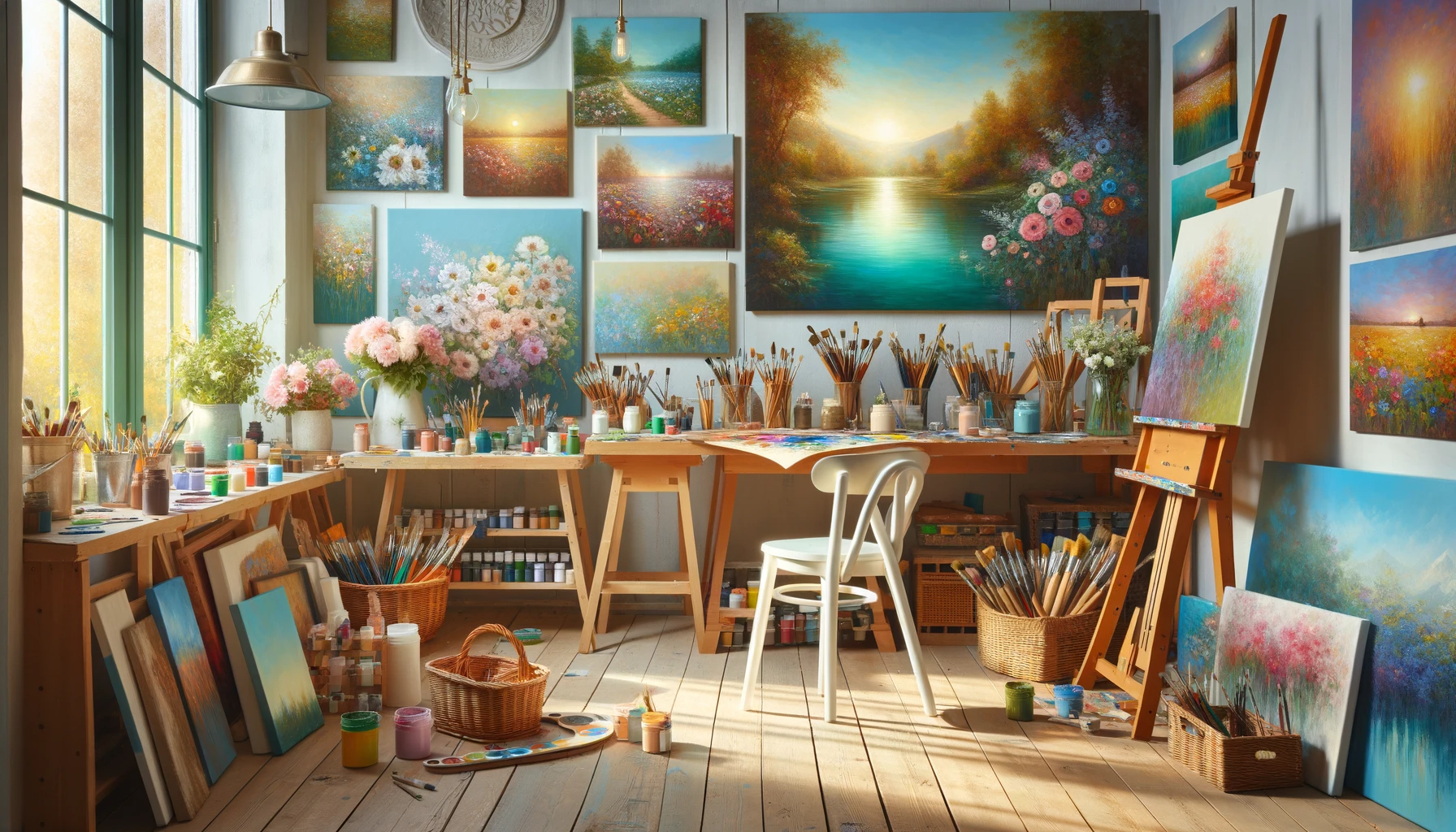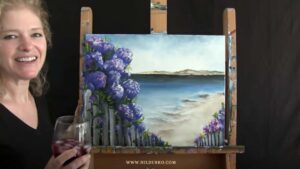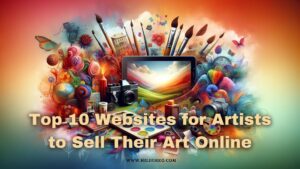Embarking on a floral painting journey can be both exciting and a bit daunting for beginners. With the allure of bright colors and varied shapes, flowers are a captivating subject. This guide will walk you through simple steps to create your very own floral masterpiece.
1. Gathering Your Materials: Start by selecting your paints. Acrylics are great for beginners due to their versatility and quick drying time. You’ll need a variety of brushes – small for details, and larger flat brushes for broader strokes. Don’t forget a canvas or thick paper to paint on!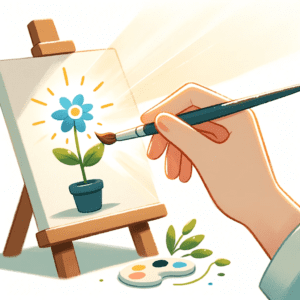
2. Understanding Basic Flower Shapes: Familiarize yourself with basic flower shapes. Most flowers can be broken down into simple shapes like circles, ovals, and lines. Practice sketching these shapes as a foundation for your painting.
3. Creating a Composition: Plan your composition. Decide whether you want a single bloom, a bunch, or a mixed floral arrangement. Consider the placement of your main flower and how the foliage will frame it.
4. Blocking in Colors: Begin by blocking in basic colors. Paint the larger shapes first, like the petals and leaves. Don’t worry about details at this stage; focus on getting the overall colors down.
5. Adding Depth and Dimension: Once your base colors are dry, add depth by using darker shades for shadows and lighter shades for highlights. This will give your flowers a more three-dimensional look.
6. Focusing on Details: Now it’s time for details. Use a fine brush to add lines and textures to petals and leaves. This step will bring your flowers to life.
7. Painting the Background: Choose a background color that complements your flowers. A simple background often works best to make your floral subjects stand out.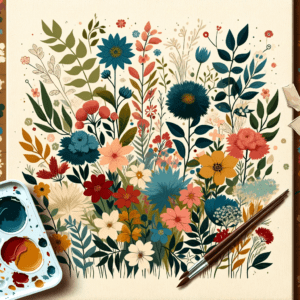
8. Experimenting with Techniques: Don’t be afraid to experiment. Try different brush strokes, blending techniques, and color combinations. Each technique offers a unique texture and feel to your painting.
9. Finishing Touches: Once your painting is dry, add any final touches. This could be a few more highlights, deepening some shadows, or cleaning up edges for a polished look.
10. Enjoy and Learn: Most importantly, enjoy the process and learn from it. Each painting is a step forward in your artistic journey.
Conclusion: Floral painting is a rewarding and creative endeavor that brings the beauty of nature into your art. With practice and patience, you can create stunning floral artworks that showcase your unique style and creativity. Remember, every artist was once a beginner, so embrace your learning curve and enjoy the blooming journey!
